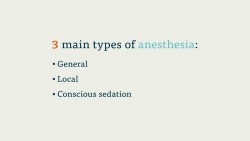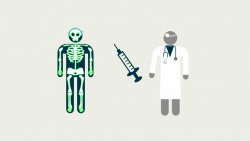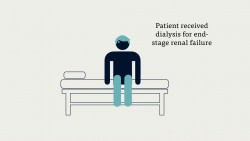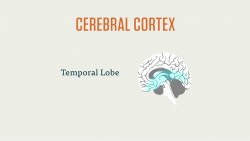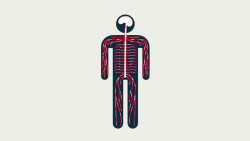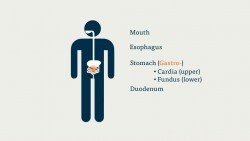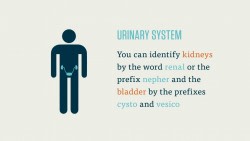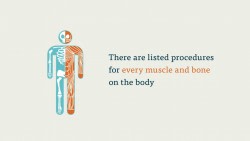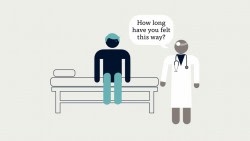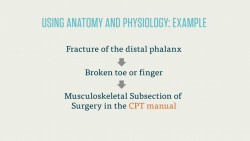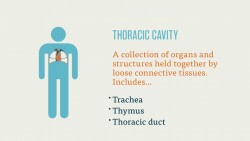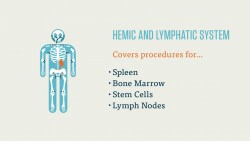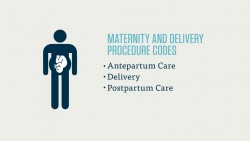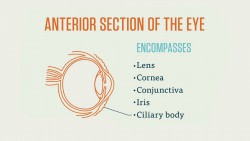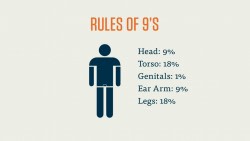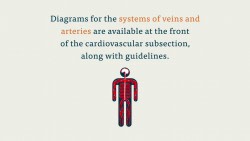The urinary system is found in the 50010 – 53899 range in the Surgery section of the CPT manual. These codes are related to procedures directly affecting the urinary system, which is made up of the kidneys, bladder, ureters, and urethra.
The urinary system starts in the kidneys. The kidneys produce urine, which then travels down the first of two ureters to the bladder. You can identify kidneys by the word “renal” or the prefix “nephr-“ and the bladder by the prefixes “cysto” and “vesico.” (Think of it this way: a cyst is a sac filled with fluid, much like the bladder).
After sitting in the bladder, urine travels through the urethra and leaves the body from the penis or in front of the vagina. It’s a pretty simple system, sort of like a condensed digestive tract.
Procedure codes for the urinary system include a few systems that are not directly related to the production or disposal of urine, including the prostate. Sometimes, the prostate is accessed via the urethra, meaning the urinary system section is the best place for Surgery codes related to the prostate. For the most part, however, codes in the urinary system subsection are related directly to the urinary process.
In the urinary system section of Surgery, you’ll find codes for renal biopsies, and the introduction of various medical equipment (like catheters or stents) into the urinary tract. You’ll also find codes for the removal of kidney stones (look for the prefix “litho-“, which means ‘stone’).
The urinary system contains codes for kidney transplants, both for the donor and the recipient. For the donor, you’d see a code for a nephrectomy, and for the recipient you’d see a code for the graft. A graft a tissue or organ donation, while an –ectomy you should recognize as an excision—the cutting out of something. You will want to add a bracket to kidney donation codes that specify the person receiving the code as the recipient.
Finally, you’ll also find a number of codes, as you did in the digestive system, for “scopes,” meaning endoscopy and laproscopy. Laproscopy, if you’ll recall from the Course on the digestive system, is an exploratory procedure performed through an incision in the skin. That is, they’re not threaded through the urinary tract, but introduced through the abdomen.
Included in the urinary system subsection are a number of procedures that are performed by specialized medical or healthcare professionals. These, like radiology codes, are places where the -26 CPT modifier pops up. Remember, if the medical professional only interpreted the results of the procedure (or exam), but did not perform it themselves, that’s a -26 modifier for a professional component.
In general, you shouldn’t expect any highly specific questions on the urinary system on the CPC exam. As with all Surgery codes, you should know your medical terminology and anatomy. Look for keywords within questions. If you see anything related to the nephrectomy or the renal system, then the urinary system is the place to look.


